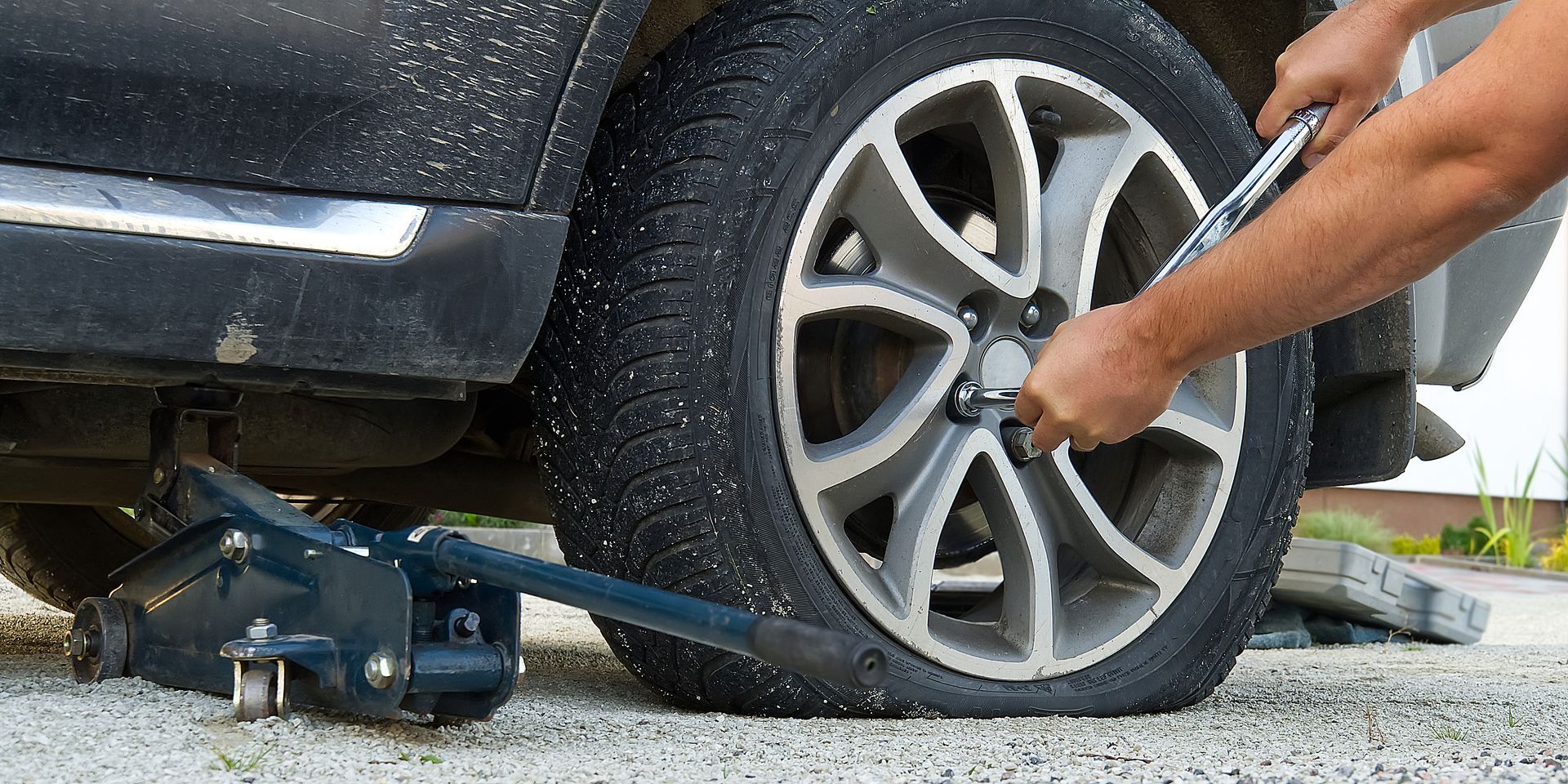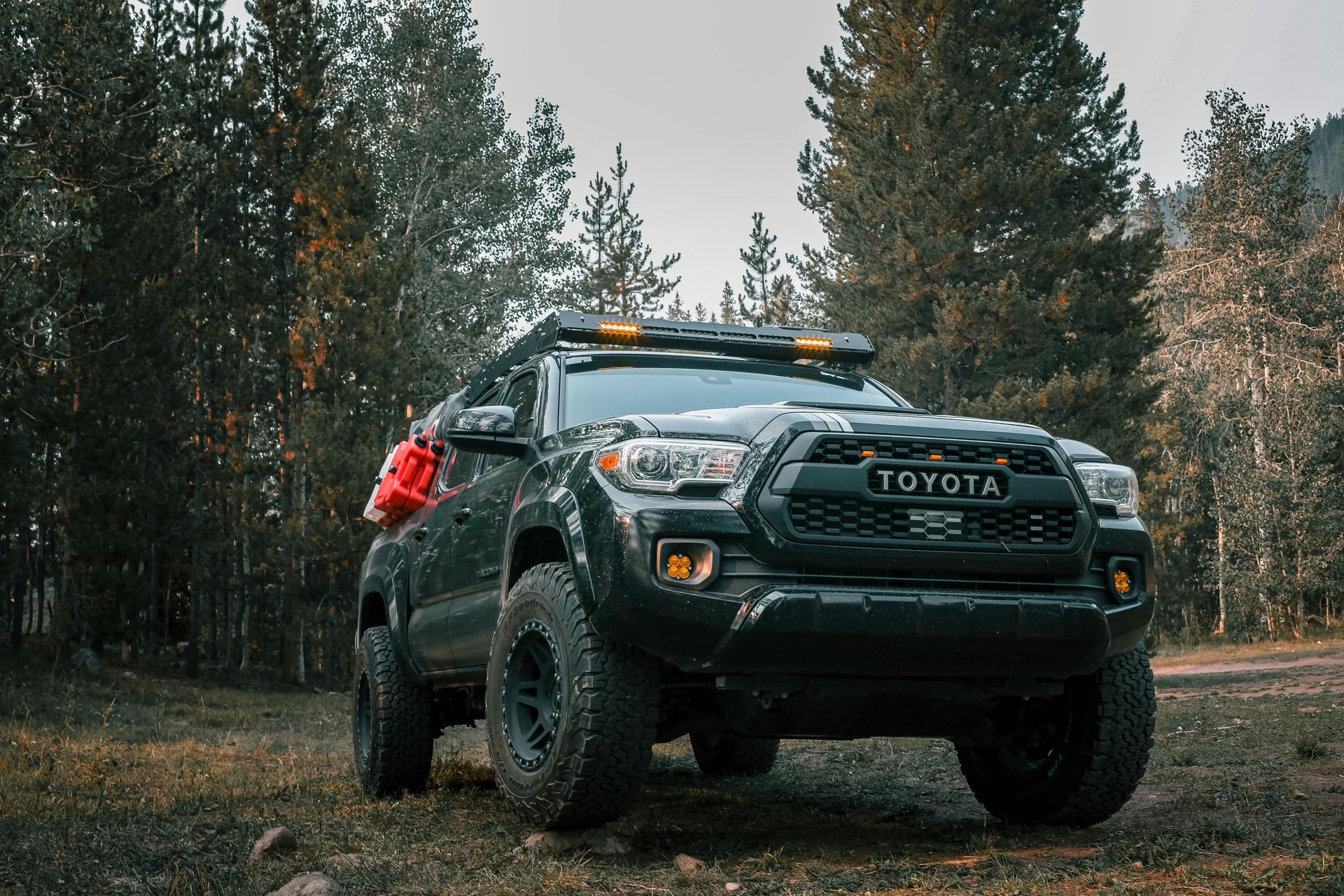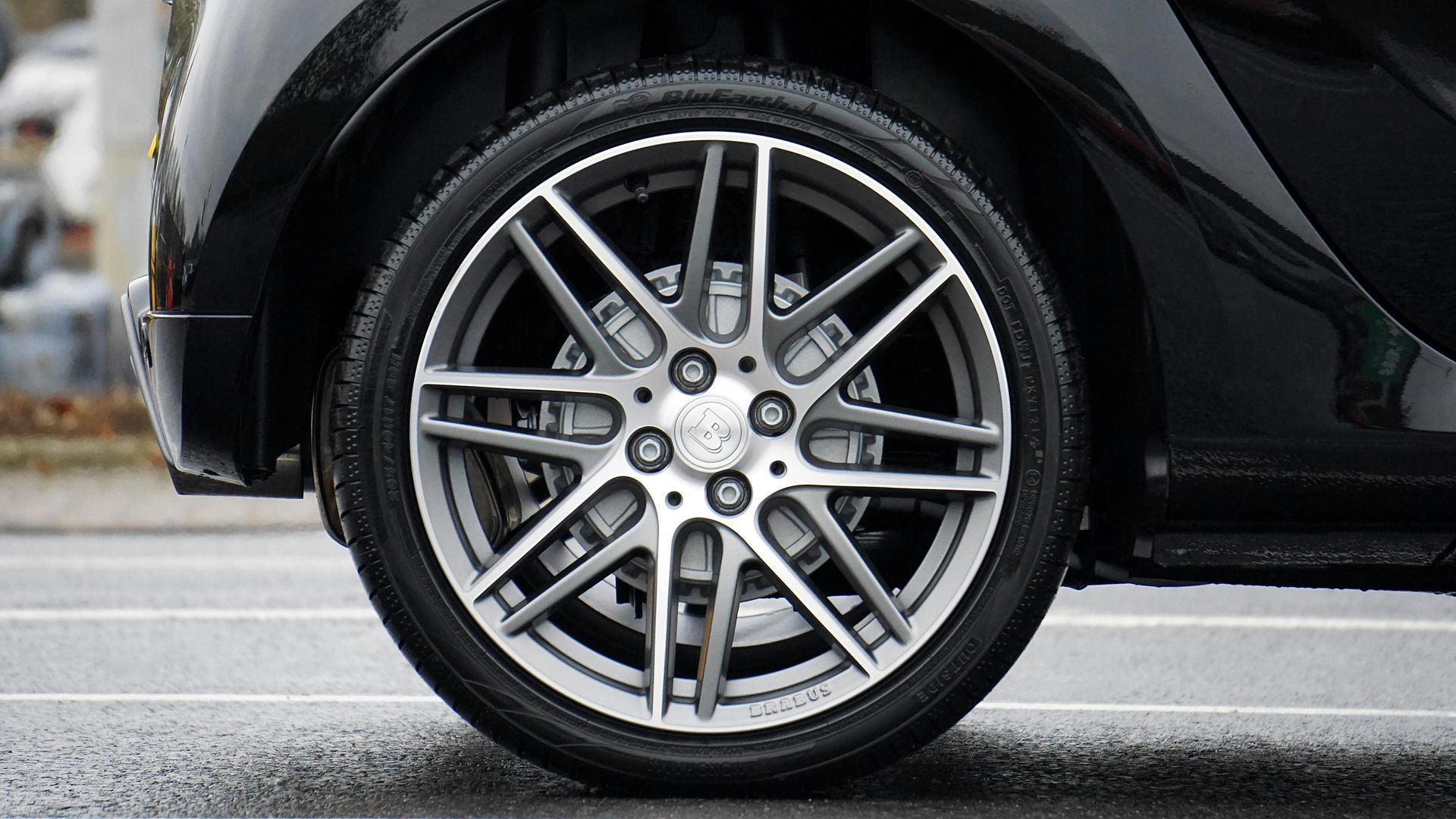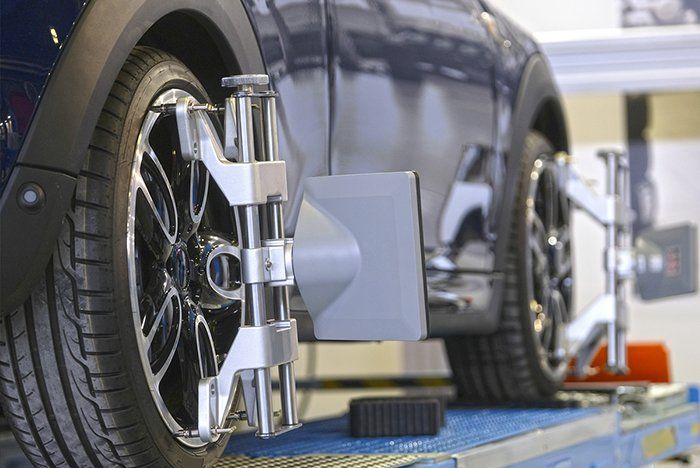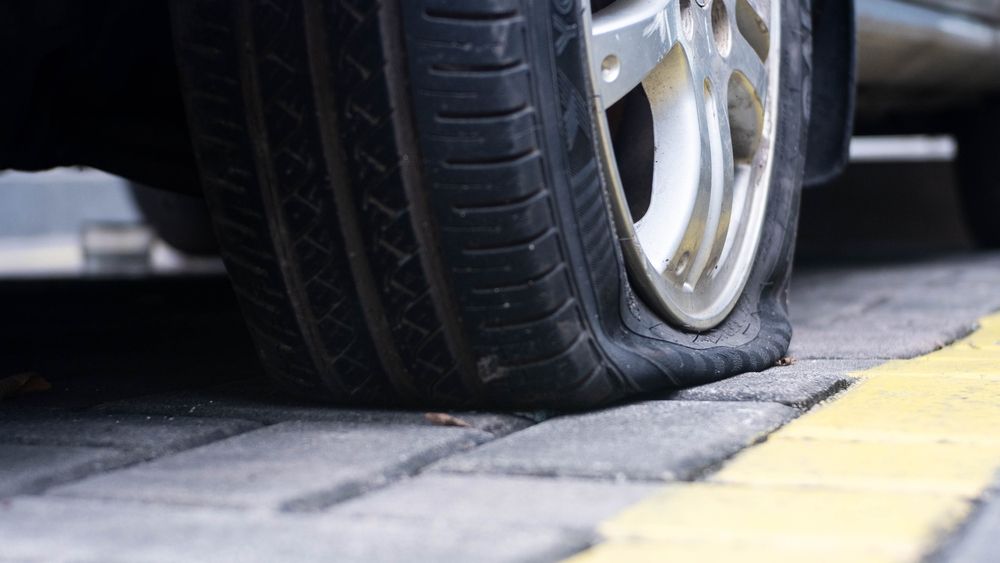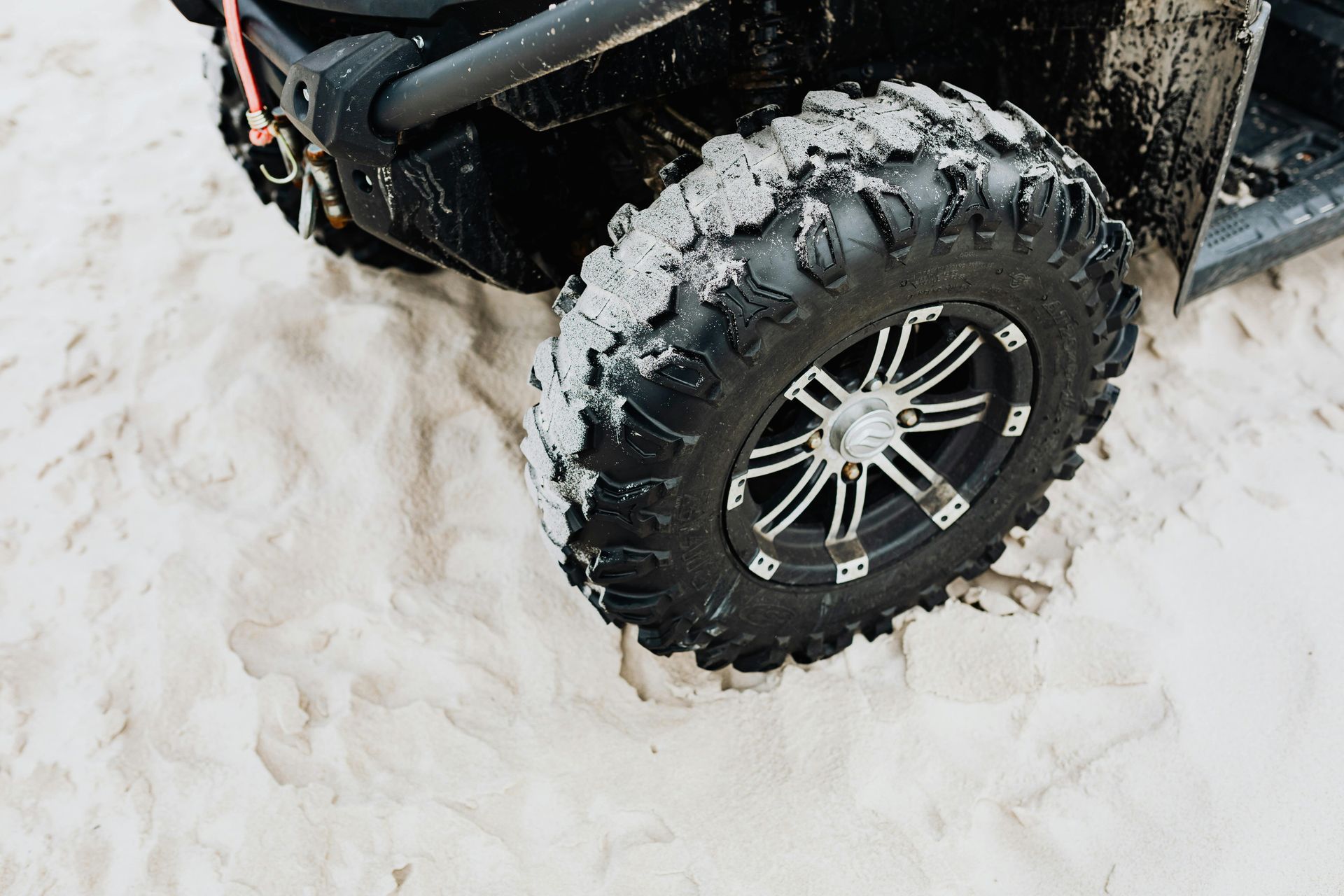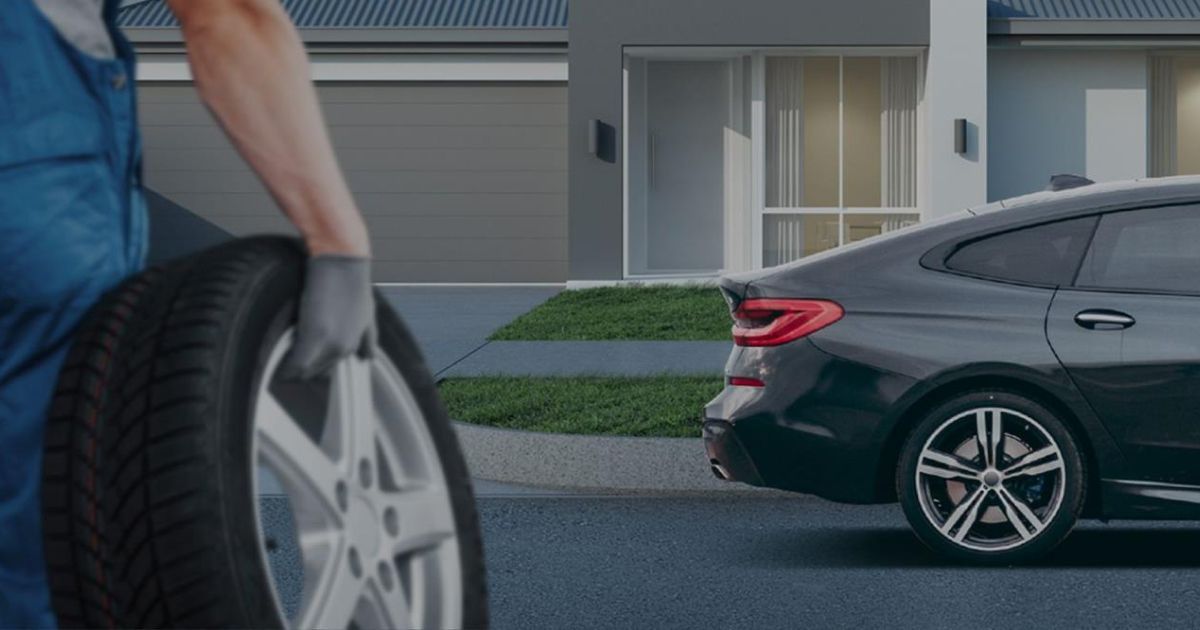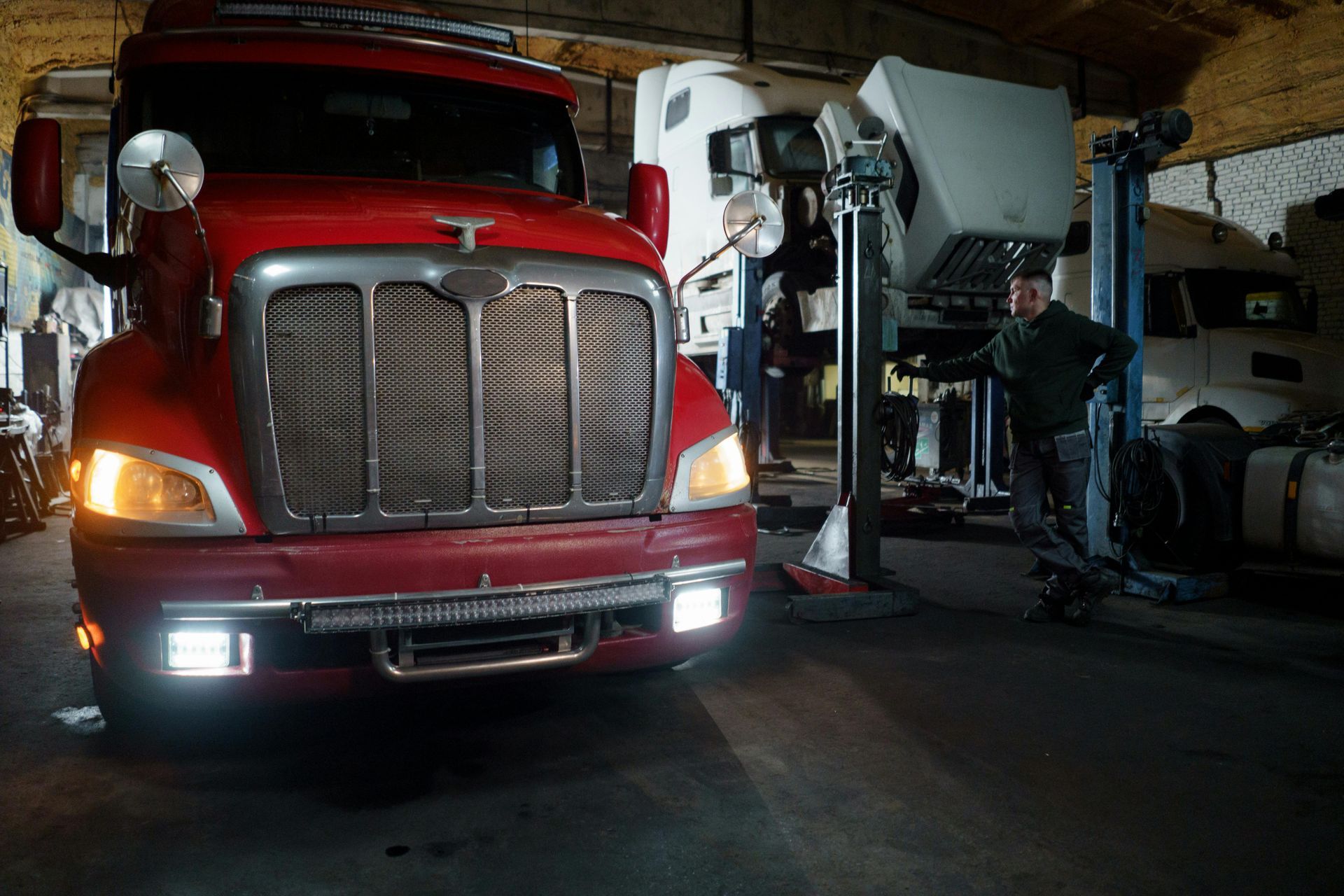What if the “right tire” isn’t the priciest brand, but the one that matches how and where they drive—down to speed rating, climate, and daily routine?
They ask, How do I find the right tire for me? The answer is simple: fit is key, not just the price. Make sure the tire fits your vehicle's size, load index, and speed rating. Then, consider the climate, terrain, and how you drive.
Consumer Reports helps by categorizing tires. They have All-Season for daily driving, Ultra-High-Performance for better handling, All-Terrain for different surfaces, and Winter/Snow for cold weather. Tires have speed symbols like S (112 mph) and T (118 mph), up to W (168 mph) and Y (186 mph).
They have a Tire Selector to find the best fit for your vehicle or size. They also test treadwear to predict how long the tire will last. These tests cover 16,000 road miles.
Michelin focuses on weather. In warm areas, all-season or summer tires work well. But in cold places, winter tires are better. Yokohama emphasizes matching size, load index, and speed symbol. Then, choose based on where you live, how you drive, and how long you want the tire to last.
For city drivers, look for quiet tires with good wet braking and fuel efficiency. Highway drivers might prefer stability and less noise. Off-road drivers need all-terrain grip. With the right approach and testing, finding the perfect tire is easier.
Key Takeaways
- Start with exact size, load index, and speed rating that match the vehicle’s OEM specs.
- Use Consumer Reports’ Tire Selector and treadwear results to compare real-world performance.
- Pick by climate: all-season or summer for warm areas; dedicated winter tires for severe cold.
- Align with driving style and roads—city, highway, towing, or off-road—to refine the choice.
- Check UTQG traction and temperature grades for wet grip and heat resistance.
- Install winter tires in full sets and remove them in spring to reduce wear and improve safety.
- Rely on test-based tire selection tips and careful tire brand comparison to find the perfect tire.
Tire fitment guide: size, load index, and speed rating essentials for choosing the best tire
Choosing the right tire starts with matching the size, load index, and speed rating to your vehicle. A tire fitment guide is key to finding the correct fit. It ensures the tire fits well and works with your car's systems.
Yokohama suggests a simple method: check the tire size, load index, and speed rating. This ensures the tire fits right, carries the right load, and goes at the right speed. It's important for safe driving every day.
Speed ratings should match your car's specs. Consumer Reports groups ratings by type. For example, passenger tires usually have T, H, or V ratings. SUVs and trucks often need H or S ratings.
Michelin warns against using lower ratings than recommended. Higher ratings mean better handling and steering. Touring tires with S, T, or H ratings are good for comfort. Higher ratings are better for handling.
Load index must match your car's needs. For heavy loads, you might need higher load-rated tires. Choose tires based on how you use your car.
Climate affects tire choice. Use UTQG to check wet and heat performance. In rainy areas, choose tires with high traction grades. In hot areas, look for high temperature grades.
Keep tire pressure at the recommended level. Overinflation wears the center, while underinflation damages the shoulders. Misalignment can cause scuffs. Consumer Reports suggests checking tread patterns for early signs of wear.
For winter, use four matching tires for better grip. Keep pressures at spec for stable traction and braking.
- Use a tire fitment guide to match size, load index, and speed symbol to OEM.
- Consult tire type recommendations by category and climate.
- Leverage a tire size calculator to validate dimensions and diameter.
- Rely on Consumer Reports’ Tire Selector to surface tested models that fit.
Vehicles with staggered sizes may have shorter warranties. Yokohama notes this is often half the standard warranty. Consider this when choosing tires for performance models and wide-fit setups.
How do I find the right tire for me?
Start by thinking about the climate where you live. Michelin suggests all-season or summer tires for warm areas. For places with four seasons, you can use a summer set and a winter set, or just an all-season set.
In very cold areas, you need dedicated winter tires. They provide better grip than all-season tires.
Yokohama recommends different tires for different climates. In warm areas, look for tires with strong dry braking and UTQG temperature A. For rainy areas, choose tires with UTQG traction AA or A.
In snowy areas, go for dedicated winter tires or 3PMS all-season models rated for severe snow service. Make sure to put winter tires on all four wheels.
Next, decide on a category. Consumer Reports lists several types: All-Season for year-round use and long treadwear; All-Season SUV for comfort and towing; All-Season Truck for heavy loads; UHP all-season or summer for quick steering and grip.
There's also All-Terrain for unpaved roads and snowy tracks; Winter/Snow for cold weather; Performance Winter for cars with UHP tires; and Truck Winter for pickups and SUVs.
Consider your driving style and vehicle type. Touring tires are quiet and comfortable, with S, T, or H speed ratings. Higher speed ratings improve handling and steering.
Choose tires that match your class—Car, CUV/SUV, Truck, or Electric Vehicle. For EVs, Consumer Reports suggests tires built for high torque and added weight.
Think about your work needs. Yokohama recommends higher load-rated tires for towing or payload. For daily commuting, all-season tires are a good choice. If you like spirited driving, summer or performance all-season tires are better.
For off-road adventures, all-terrain tires are best for mixed use. Mud-terrain tires are for aggressive trails and rock crawling.
To make a final decision, use a tire selector by vehicle or size. Look at tread-life mileage data from Consumer Reports’ 16,000-mile tests. This can help estimate value. Always check wear patterns to ensure proper inflation and alignment.
Conclusion
Finding the perfect tire is a step-by-step journey. First, use a tire fitment guide to check size, load index, and speed symbol. These details are found on the door placard and owner’s manual.
Then, match the tire to your climate and region. For warm areas, choose summer or all-season tires. In cold zones, go for winter or 3PMS all-season tires. In snowy areas, use winter tires on all four wheels.
Next, consider your daily driving needs. City drivers need tires that brake well in wet and dry conditions. They also want long tread life and low rolling resistance.
For highway driving, focus on high-speed stability and comfort. If you drive on unpaved roads, choose durable, grippy tires. For towing and work, select tires with higher load ratings.
If you love spirited driving, ultra-high-performance or summer tires are great. For a smooth ride, touring tires with S, T, or H ratings are good. They add comfort while meeting OEM minimums.
Use independent testing to make your choice. Consumer Reports’ Tire Selector helps you find the best tire for your vehicle or size. It compares tested models, tread-life, and value scores.
Remember, UHP tires may sacrifice treadwear and ride quality. Winter tires should be removed in spring. All-terrain tires add noise and firmness on pavement.
EVs need EV-ready replacements for extra weight and torque. Staggered setups may cut mileage warranty coverage by half.
The path to choosing the best tire is clear. Confirm OEM specs, define your climate and usage, and shortlist categories. Then, pick a model with suitable UTQG and speed/load ratings backed by test data.
Maintain proper inflation and alignment to avoid wear and protect safety and value. With this approach, drivers in the United States can confidently move from research to road.
Contact LugWrench Heroes today for expert auto care and service, tire repair services, and wheel services!
